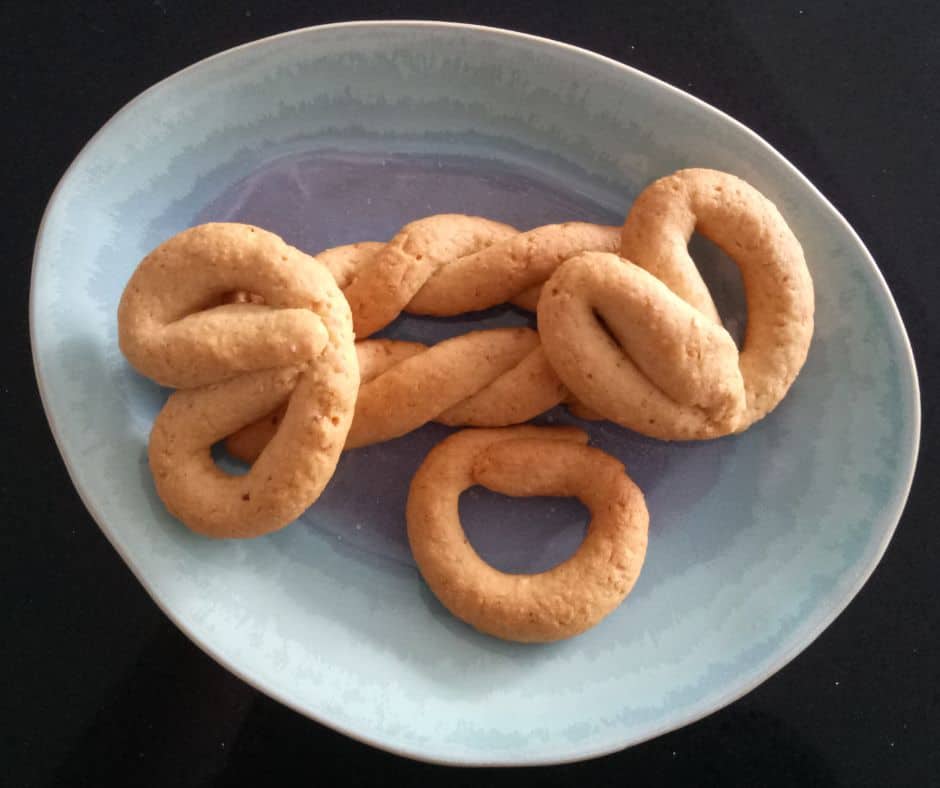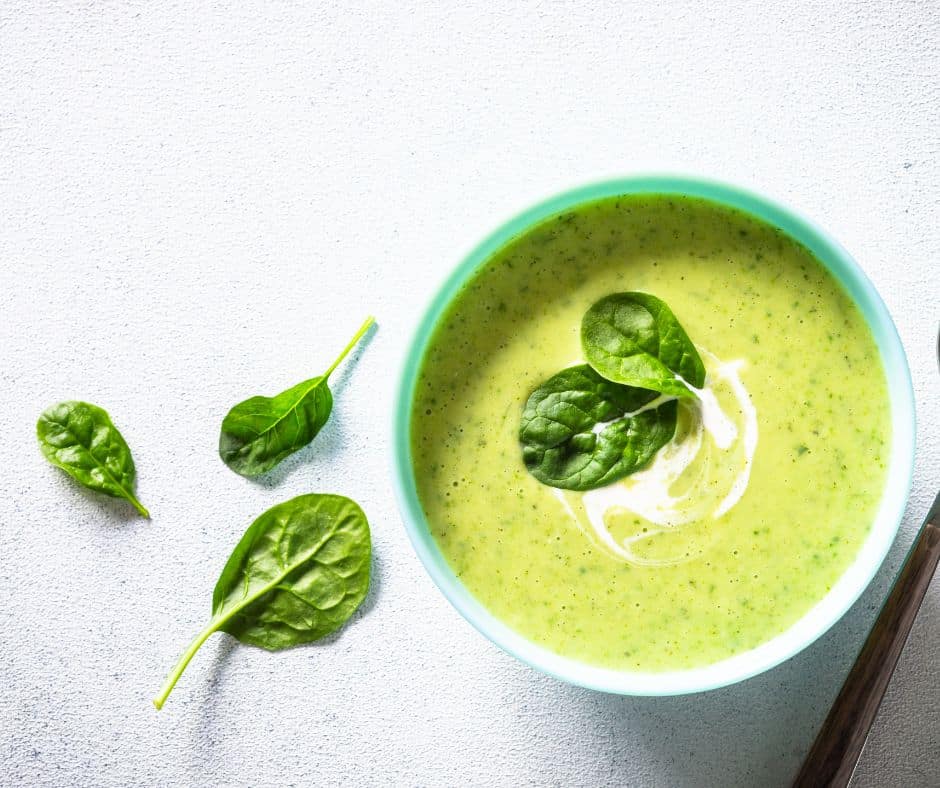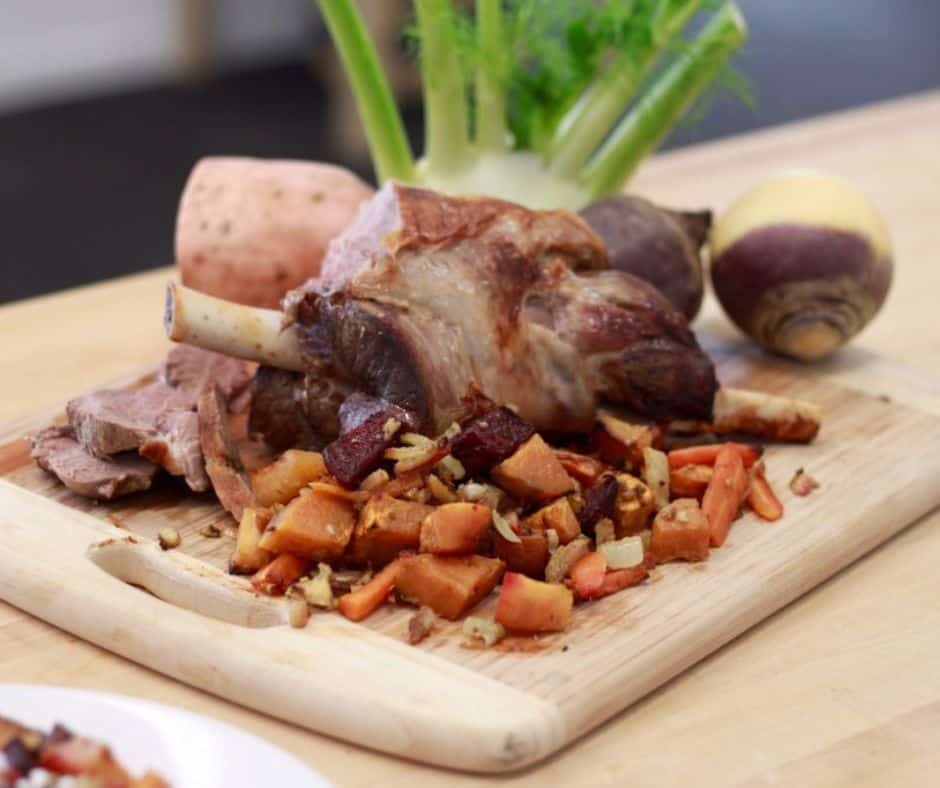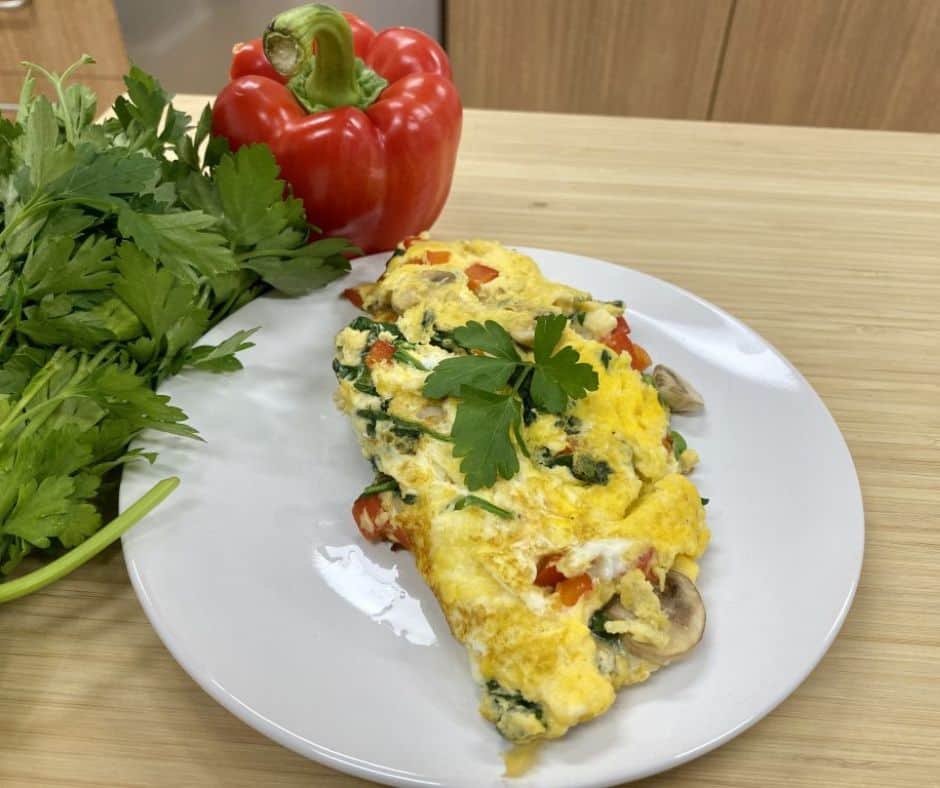
We had such a lovely response to our allergy-friendly Fun with Festive Foods article over the end of last year that we just couldn’t resist bringing you an Easter version!
This Easter, join me on an allergy-friendly culinary tour around the world with these recipes. We will visit several countries, with each stop featuring an Easter-specific food that caters to one or more dietary requirements – festive fun for the whole family!
Cyprus and Greece – Nistisima Koulourakia
EGG FREE, DAIRY FREE, NUT FREE
Traditionally made for the fast that leads up to Easter in Cyprus and Greece, during which time animal products are avoided, these biscuits are purposefully egg and dairy free versions of the biscuits consumed on Easter Sunday. They are not overly sweet and can be eaten on their own as a snack or dunked in tea or coffee. Feel free to get creative with the shapes! Traditionally, different shapes symbolise different parts of the Easter story. While you will no doubt get variations on any traditional recipe, this one is my mum’s. She uses wholemeal flour, which I find pleasantly adds to the texture.
Cyprus – Tahinopites
EGG FREE, DAIRY FREE, NUT FREE
Another food that is traditionally made for the fast that leads up to Easter in Cyprus, tahinopites (tahini pies or pastries) are popular enough these days to be found year-round on this Mediterranean island. As they are made for Greek Orthodox Lent, they are purposefully egg and dairy free. These semi-sweet pastries pack a sesame flavour hit as they are filled with tahini paste. Exact recipes vary from family to family, with some using honey and others sugar in the filling. Some versions are bready and reminiscent of cinnamon buns, but sesame flavoured; others use a pastry similar to filo. The recipe we’ve included here features honey and a thinner layered pastry.
Germany – Sieben Kräutersuppe (Seven Herb Soup)
EGG FREE, WHEAT FREE, GLUTEN FREE, NUT FREE
Traditionally eaten on Easter Thursday, this vegetarian soup is packed full of herbs and greens. The inclusion of seven herbs/greens is said to symbolise the seven phrases spoken by Jesus Christ on the cross. This recipe lists seven specific ones (leek, spinach, parsley, chives, dill, celery, rocket), but you’re welcome to change up the types of herbs and greens if you like. The rule of thumb is to have two handfuls of herbs/greens per person.
France – Le Gigot D’Agneau Pascal (Easter Leg of Lamb)
EGG FREE, WHEAT FREE, GLUTEN FREE, NUT FREE, DAIRY FREE
Lamb is a popular choice for Easter around Europe, where the holiday lands in spring (prime time for lamb!). It can be symbolically linked to Jesus – the lamb of God – though its origins are said to be connected to the Jewish Passover. Whatever your reasoning, lamb is a delicious main for a family celebration, and is always the centre of attention at my family Easter lunch. The French have a fancy name for it (see above) and generally serve their roast leg with green beans and potatoes at Easter. In Australia, Easter coincides with the beginnings of winter veg becoming available, so here’s our take on a roast leg of lamb for your cooking (and eating!) pleasure.
Easter Monday Omelette
WHEAT FREE, GLUTEN FREE, NUT FREE
The story goes that Napoleon Bonaparte and his army stopped near the town of Bessières in southern France on their travels, where an innkeeper made him an omelette so delicious he demanded the whole town rally to make it for his entire army. What does this have to do with Easter? Unclear. Nevertheless, the tradition emerged at some point to feed the less fortunate of the town with an omelette for Easter. So, for the people of Bessières, Easter Monday is the day to eat an omelette. You really could make any omelette of your choosing; so long as there are eggs and milk in there, the flavours are up to you. Here’s a recipe to inspire you this Easter.








